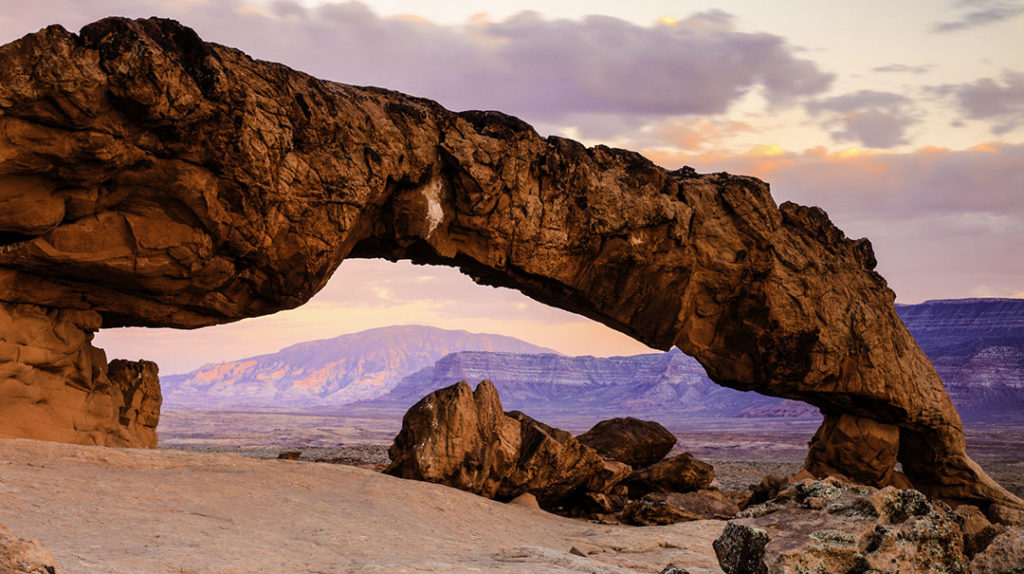Submit Your Comments on the Grand Staircase-Escalante Draft Management Plan by November 9th
It was only two years ago when we celebrated the restoration of Grand Staircase-Escalante National Monument. Now, the Bureau of Land Management (BLM) has released a draft Resource Management Plan for the restored monument and is accepting public comments through November 9th.
This is a rare opportunity to ensure that the monument is managed for its unique and extraordinary values, as the plan won’t be revised again for decades. Please tell the BLM you support a modified version of Alternative C that protects wilderness values, upholds off-road vehicle route closures/restrictions from the original monument plan, prohibits large-scale vegetation removal, and involves Tribal Nations in resource management decisions.
Click here to submit your comments now.

Personalized comments are always best, and we encourage you to share your own concerns and experiences, but here are some points you might consider highlighting:
- The BLM should stick with its original prohibition on large-scale mechanical removal of live pinyon pine and juniper trees and reaffirm its commitment to using native seed only for restoration and post-fire seeding. Surface-disturbing vegetation removal (chaining, mastication, harrowing) should not be a management option in the Primitive or Outback zones. Vegetation manipulation in all forms should only be conducted when necessary to restore functioning natural ecosystems, based on historic and expected conditions at specific sites, not to convert woodlands or shrublands to grassland or other vegetation types for livestock.
- The BLM should return to using “management zones” as it did in the original management plan for the monument. The agency should focus any growth and expansion of recreation use and facilities in frontcountry areas, while protecting and minimizing development of less-used backcountry areas.
- Within these management zones, regardless of location, cultural resources and traditional properties and uses should be protected and restored. This includes increasing efforts to ensure Tribal Nations are proactively involved in the planning processes and resource management decisions.
- Private aircraft use (fixed-wing airplanes, helicopters, paramotors, aerial drones, etc.) is increasing across southern Utah and over public lands specifically, but currently has little management oversight. The BLM must use its final plan to proactively manage aircraft landing and takeoff within the monument to protect natural soundscapes, visual resources, wildlife habitat, and other important monument objects.
- The BLM should protect lands with wilderness characteristics by managing these areas for protection of wilderness values over other competing or incompatible uses.
- Widespread off-road vehicle use should not be allowed, and no additional routes should be designated in the planning area. All motorized travel routes that were closed or limited under the 2000 monument management plan should remain so, and the BLM should take the opportunity to inventory and close routes that are harming monument objects.
Since its original designation in 1996, heightened protections for the monument’s geology, paleontology, wildlife, plant communities, and ancestral sites have succeeded in preserving these unique values for generations to come. More than 25 years later, the numerous benefits of protecting Grand Staircase-Escalante are clear: the monument preserves a remarkable ecosystem at the landscape-level and sets the stage for future discovery about human, paleontological, and geologic history on the Colorado Plateau.
It’s important that people like you, who know and love this wild landscape, take time to participate in the planning process. Please urge the BLM to prioritize protection of the region’s natural, scientific, and cultural values in the new monument management plan.
Comments can also be submitted directly via the BLM’s ePlanning page.
Thank you!

